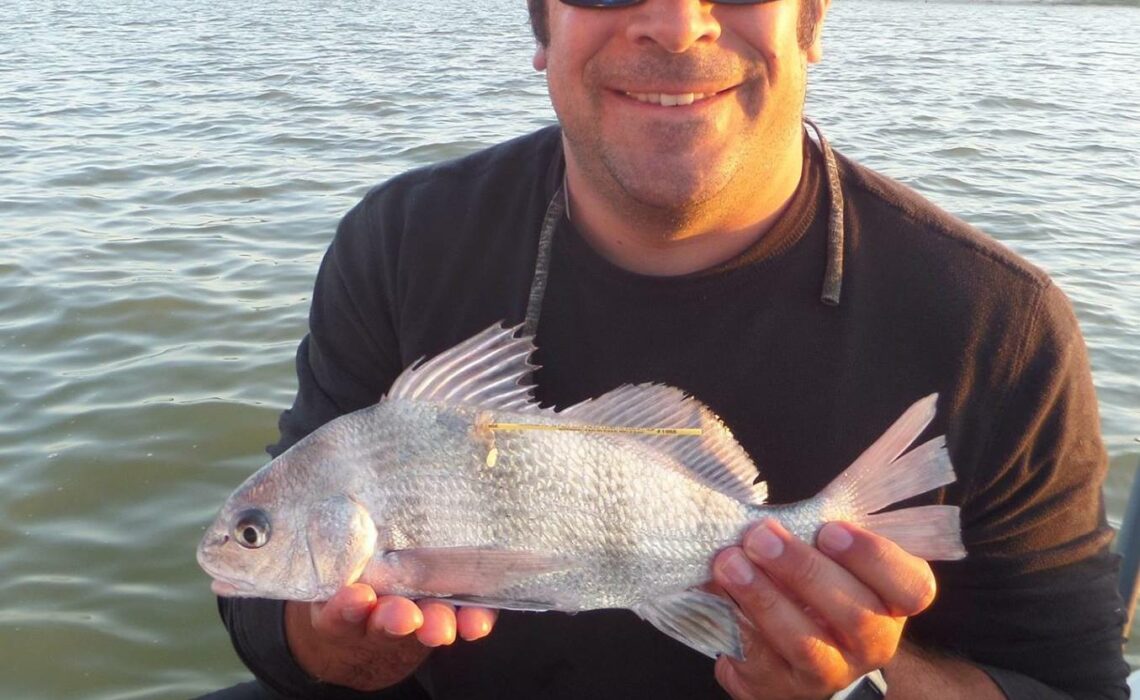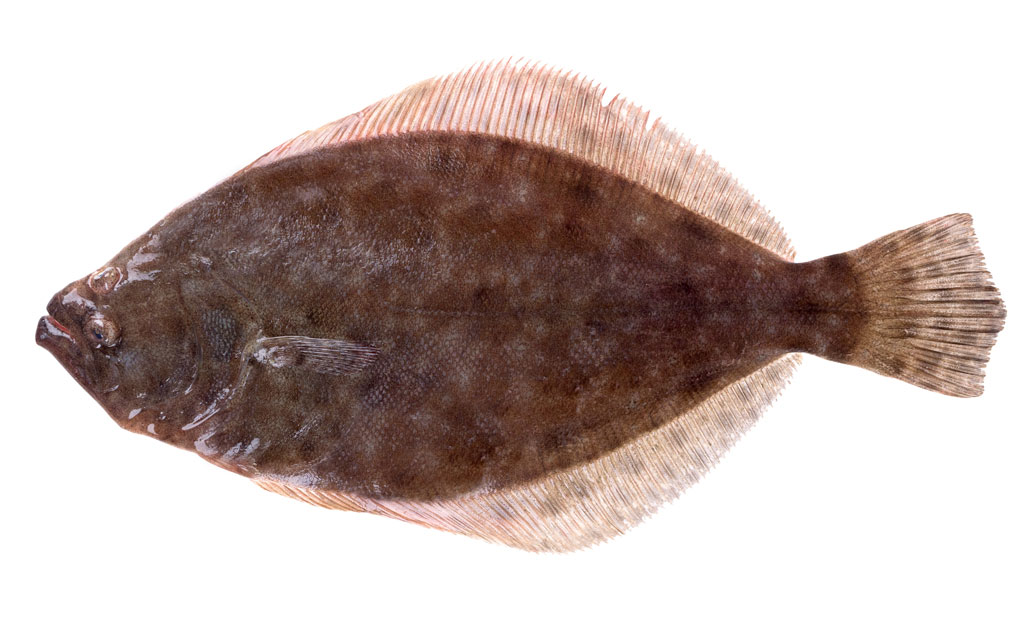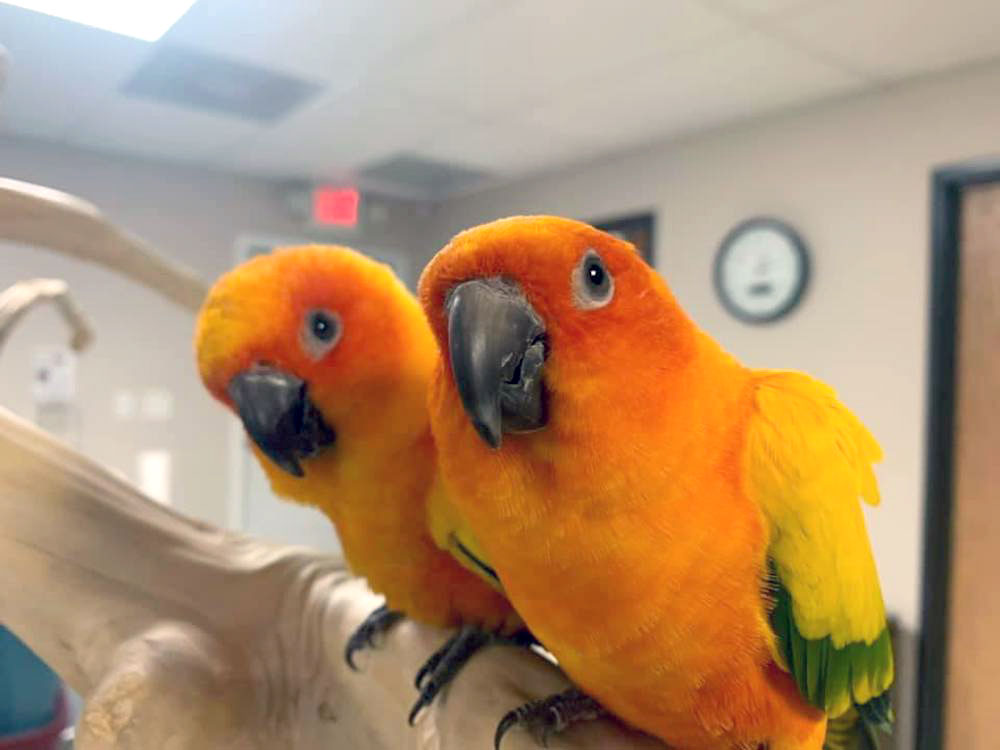
Dr. Matt Ajemain holds a tagged drum about to be released in Baffin Bay. Courtesy Photo
A new fish tagging study needs the help of area fishers casting for black drum. The study aims to gain better understanding of black drum movement within Baffin Bay, and how the fish use this unique habitat.
“Baffin Bay has somewhat deteriorated over the last several years in terms of the habitat quality,” said Dr. Matt Ajemian, a research scientist with the Harte Institute Texas A&M University-Corpus Christi. “We are trying to get a better handle on what these creatures are using as habitat, and how that might be effected by climate changes.”
Fisherman reeling in drum are being asked to look for the yellow external tags on the fish. They should record the ID tag before releasing the fish alive. Fishermen should then report the tag number for a reward. If the fish is found dead, they are asked to retrieve and turn in the tags.
“It goes a long way to helping us,”Ajemian said.
Tag numbers should be called in to Dr. Ajemian at the Harte Institute at 361-825-2031.
Two years ago, the black drum population in Baffin Bay was struggling. Many fish started turning up in poor condition, prompting Texas Parks and Wildlife and local conservation groups to search for a cause. The population seems to have stabilized now, but the questions remained: Would it happen again? Why did it happen in the first place?
Using funding from the Coastal Bend Bays and Estuaries Program, Ajemian began work on a project to determine what the drum were eating in the hyper-saline waters of Baffin Bay. He and his team found that the majority of the black drum diet in Baffin was composed of clams and snails, with marine worms and seagrass making up much of the remainder.
“This prompted a study to determine how reliant this species is on Baffin Bay,” Ajemian toldCorpus Christi Business News. “This is a really unique area.”
Funded by Texas Sea Grant in partnership with the Harte Research Institute of Texas A&M University-Corpus Christi, the next phase of the study involves tracking black drum within the Baffin Bay system.
Ajemian explained that his study revolves around the use of acoustic tagging technology. Acoustic tags are devices commonly used to help track fish and other aquatic creatures.
Tags are surgically implanted by trained technicians. Each tag gives off a unique ‘ping’, or signal, and allows the researchers to track tagged animals that come within range of special listening stations. The fish suffer no longterm effects and the small wound made by the surgery heals quickly.
By placing listening stations strategically, researchers are able to track the tagged drum as they move around Baffin Bay. Researchers analyze the data for a more complete picture of how fish are using the local habitat.
The study is part of a bigger attempt to track changes in the complex ecology of the Laguna Madre. The health of the Laguna and of Baffin Bay has a very real impact on the local ecology and economy.





